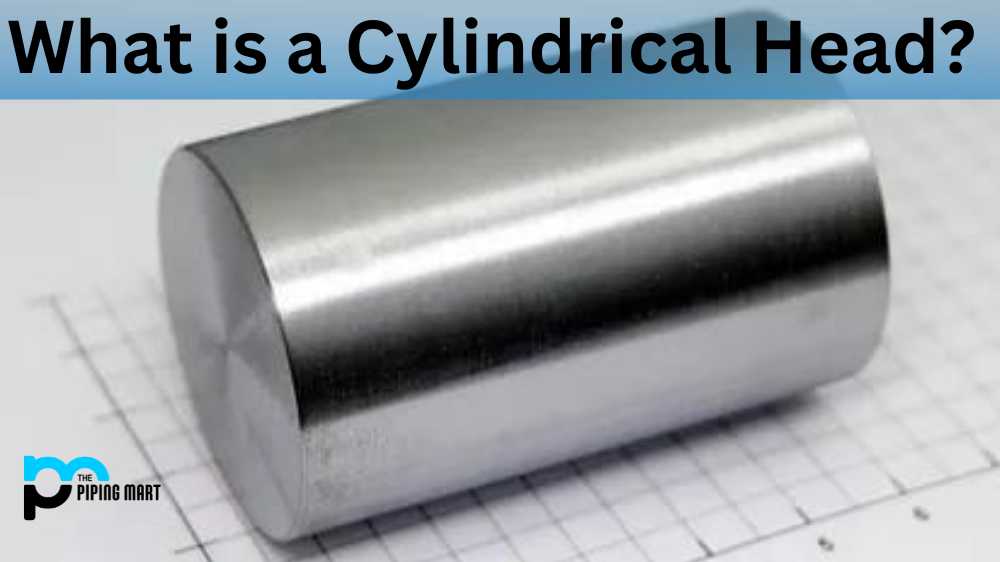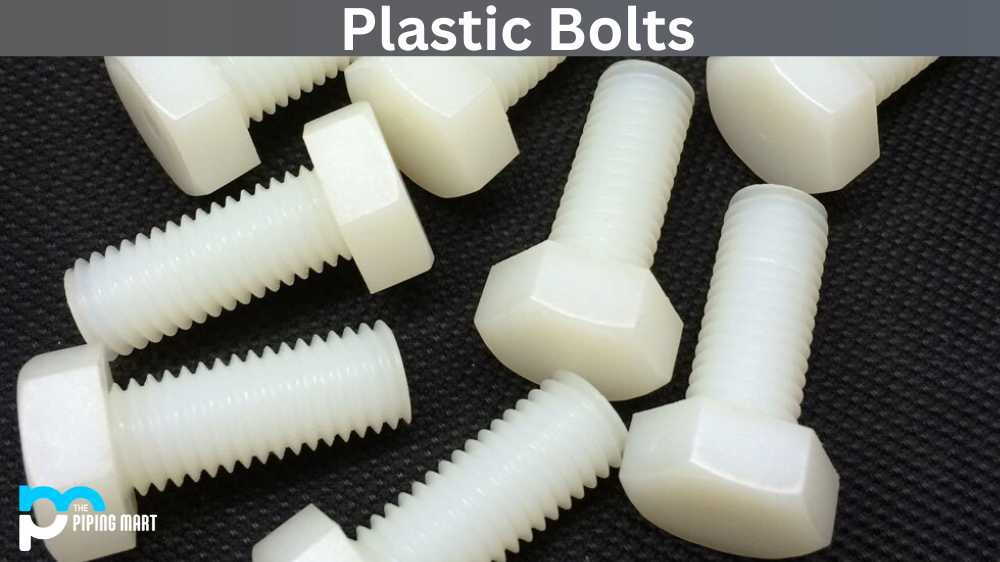If you’ve ever come across the term “cylindrical head”, you might wonder what it is and what it’s used for. This blog post will discuss cylindrical heads in detail, including their design and purpose. We will also explore how they relate to other engineering systems components.
A cylindrical head is a component in engineering systems such as engines or pumps. It essentially serves as a cover that fits over the end of an engine cylinder or pump chamber, protecting it from external elements. These components are typically made from metal or plastic and can be customized with various features, such as flanges for attaching other components.
Cylindrical Head Uses
The most common use for cylindrical heads is to seal between two parts in an engine or pump system. For example, the head may be used to seal off the combustion chamber of an internal combustion engine from outside air and moisture. This prevents air from entering the cylinder and fuel from escaping during the engine’s operation. Similarly, cylindrical heads are often used to seal off pressurized chambers in pumps and valves to ensure the fluid does not leak out while the device operates.
Cylindrical heads are also related to several other components found in engines and pumps, such as pistons, valves, and seals. The head acts as a cap over these components when they are not being used or need to be replaced or repaired. Sealing off these parts from external elements allows engineers to access them safely without having to worry about contamination from dirt or debris that could damage them.
Cylindrical Head Properties
- A cylindrical head is a type of pressure vessel head with a circular cross-sectional shape.
- Cylindrical heads are typically used in applications with high pressures, such as in steam boilers.
- Cylindrical heads can be made from various materials, including carbon steel, stainless steel, and nickel alloys.
- Cylindrical heads are typically welded onto the pressure vessel body.
- Cylindrical heads can also be equipped with various accessories, such as relief valves and temperature gauges.
Conclusion:
As you can see, cylindrical heads are essential in many engineering systems by providing a protective layer around vital components like pistons, valves, and seals. They help keep these parts clean by preventing outside contaminants from entering them and providing a secure seal against leaks during the system’s operation. If you need more information on how cylindrical heads work or why they should be included in your engineering project designs, contact our experienced team today!

A passionate metal industry expert and blogger. With over 5 years of experience in the field, Palak brings a wealth of knowledge and insight to her writing. Whether discussing the latest trends in the metal industry or sharing tips, she is dedicated to helping others succeed in the metal industry.




